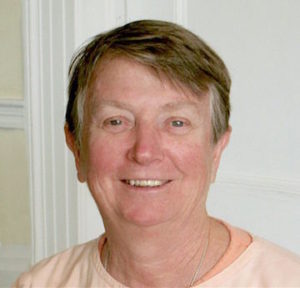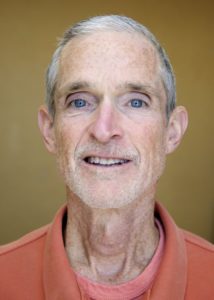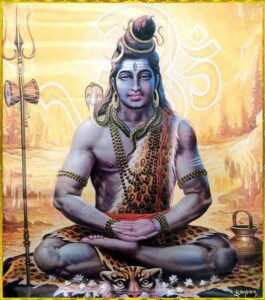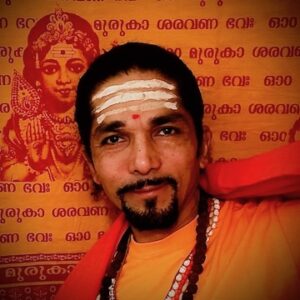Keeping our Eyes on the Sacred
by Swami Ramananda
Human beings are by nature attuned to the threats around them as a primary means of survival. For the past year, threats to our safety have abounded in numerous forms: Coronavirus, racial injustice, the climate emergency, political violence, and senseless killings. Our senses have been inundated with tragedy and loss, injustice and violence, shock and sorrow. And the news media are ready to feed the public appetite for danger.
In the U.S., where recent gun violence has again left many families in mourning, by far the greatest number of deaths are from suicide. Everywhere, there are people suffering from a plague of desperation, exhaustion, and despair. Let us not fall into that camp.
While it’s important to be aware of and respond to the distressing conditions we witness in our world, it’s just as vital that we keep our eyes on the sacred, the blessings, the miraculous. We do ourselves and our communities an injustice if we fix our gaze only on the tragedies around us. There are people all over the world devoted to serving their communities, healing the earth, creating new pathways for racial and economic equity, and transcending the traditional boundaries that divide us. Let us be equally inspired to act with courage in our hearts.
Spring is a time for new beginnings when the natural world, only a few months before looking dead, now bursts forth with new life. The holy days of both Passover and Easter celebrate the return of the Light and the triumph of Spirit, and there is light at the end of the pandemic tunnel if we remain committed to protecting each other.
The need of the hour is for hope, for acknowledging the beauty around us, for seeing the wholeness in each other alongside the fragmented and wounded, for touching the unchanging peace within. The thoughts predominant in our hearts and minds have a subtle but powerful effect on the collective consciousness of our planet and are the foundation from which we act. So we need to keep touching that Divine Presence within, in whatever way we know how, to bring that spiritual light and energy into expression, and to see the unity behind the diversity.
When we turn our attention to the blessings of this moment, there is much to be grateful for. Effective vaccines are steadily circulating and there are numerous heroes in the medical field working with tremendous dedication. There are spiritual groups all over the world praying for their communities and caring for those most in need. There are grassroots movements fighting injustice.
We also keep our lives in perspective when we appreciate the beauty around us. Imagine taking time to feel gratitude for the pure smile of a baby and the small acts of kindness from a store clerk or the driver who waves us ahead. We profit immensely from marveling at a hummingbird in flight, keeping company with a forest or with a slowly darkening sky at dusk.
The human spirit is resilient and we are capable of much more than survival. Our grandparents and parents came through great adversities and showed their capacity to renew and rebuild. Let us affirm that same spirit in ourselves and help heal our world with hope and compassion. Let us keep our eyes on the sacred.
 Swami Ramananda is the Executive Director of the Integral Yoga Institute in San Francisco and a greatly respected senior teacher in the Integral Yoga tradition, who has been practicing Yoga for over 45 years. Ramananda offers practical methods of integrating the timeless teachings and practices of Yoga into daily life, and transforming the painful aspects of human experience into steps toward realizing one’s full potential.
Swami Ramananda is the Executive Director of the Integral Yoga Institute in San Francisco and a greatly respected senior teacher in the Integral Yoga tradition, who has been practicing Yoga for over 45 years. Ramananda offers practical methods of integrating the timeless teachings and practices of Yoga into daily life, and transforming the painful aspects of human experience into steps toward realizing one’s full potential.
He leads beginner, intermediate and advanced level Yoga teacher training programs in San Francisco, and offers a variety of programs in many locations in the U.S., Europe and South America. Ramananda co-developed the Stress Management Teacher Training program with Swami Vidyananda, has trained many teachers to bring Yoga into corporate, hospital and medical settings, and has taught mind/body wellness programs in many locations. He is a certified Yoga therapist and founding board member of the Yoga Alliance, a national registry that supports and promotes yoga teachers as professionals. He is a co-founder of The Spiritual Action Initiative (SAI) which brings together individuals committed to working for social justice for all beings and for the care and healing of our natural world. His warmth, wisdom and sense of humor have endeared him to many.







